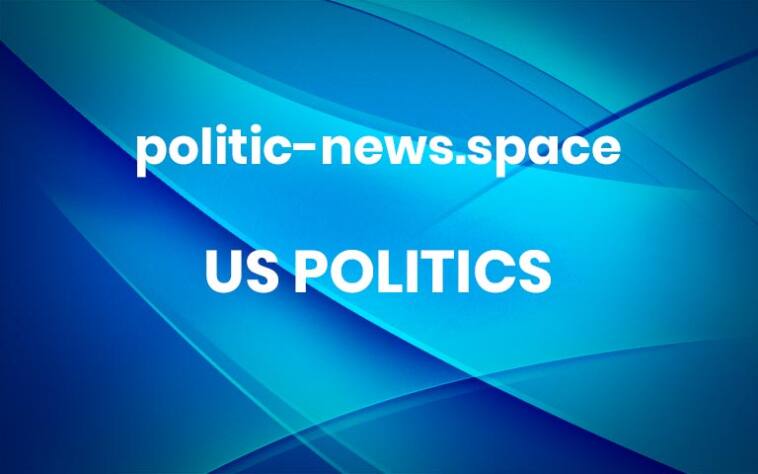Who can tame Trump? An unlikely candidate is emerging: the Catholic church | Simon Tisdall
The supreme court can’t do it – it’s packed with conservatives who owe him their jobs. Congress won’t do it – Republicans slavishly follow his orders, Democrats are ill-led and divided. For today’s White House, the concept of constitutional limits on executive power is a quaint relic. The news media, or sections of it, does its best amid constant legal threats. But, too often, they pay him off. Brave reporters who insist on asking awkward questions are insulted or silenced: “Quiet, piggy.”So who will tame Donald Trump? Who will halt his rolling constitutional coup – his ongoing evisceration of US democracy, civil rights, living standards, global reputation and moral integrity? Voters may try to indirectly rein him back in next November’s midterms (as they did recently in New York and elsewhere). But those elections are a year away. The emergency is today.What the US urgently needs now, metaphorically speaking, is a national champion, a sort of modern-day Saint George to slay the dragon, save the people and ensure the triumph of good over evil. Who, in reality, might fill this role of moral saviour?Step forward Leo XIV, the “American pope”, backed by the US conference of Catholic bishops and the clergy and grassroots activists of the Catholic church – unexpected, newly emerging standard-bearers for country-wide resistance to the Trumpist scourge. The bishops threw down the gauntlet in a “special message” this month. Inequality, immigration and civil rights are the battlegrounds on which the church, and some other Christian denominations, have begun to fight.“We oppose the indiscriminate mass deportation of people. We pray for an end to dehumanising rhetoric and violence,” the statement said. Citing the brutal tactics of immigration and customs enforcement (ICE) agents, the bishops deplored the “climate of fear” created by Trump’s policies, the profiling of vulnerable citizens, shocking conditions in detention centres and lack of access to pastoral care.Expressing a view, rooted in scripture, that Britain’s Labour government and other western countries would do well to heed, they went on: “We recognise that nations have a responsibility to regulate their borders and establish a just and orderly immigration system for the sake of the common good.” But creating safe and legal pathways for migrants was the preferable, ethical solution. Human dignity and national security were not in conflict, they said.Chicago-born Leo, increasingly outspoken in opposing Trump’s “inhuman” policies since his election in May, now stands at the head of this clerical revolt. Earlier this month, he demanded ICE rethink its demonisation of migrants – more than 2 million “illegal aliens” have been involuntarily removed this year and record numbers detained, official figures indicate. He criticised lethal US strikes on suspected drug smugglers off Venezuela, warning violence would fail. And he has challenged Trump’s climate-crisis denial, telling Cop30 that God’s creation is “crying out” for action.Organised opposition to Trump among Catholic and other faith groups on the “Christian left” is spreading at grassroots level. From New Jersey to California, parish priests and pastors have led local protests, boycotts and initiatives to counter ICE’s depredations. “Catholics are particularly well positioned to lead such a movement,” wrote Maria J Stephan, a specialist in non-violent civil resistance.About 22% of US adults identify as Catholic and more than four in 10 are immigrants or children of immigrants. “Many Catholics are likely among those now living in fear of masked agents abducting them in unmarked cars to detention centres … Meanwhile, close to three million black Catholics are experiencing attacks on the voting rights act and the weakening of civil rights protections,” Stephan wrote.The church has also launched assaults on Trump’s signature fiscal legislation, accusing him of “unconscionable” cuts in healthcare and food assistance, and unjustifiable tax breaks for the better-off. “Catholic teaching compels the faithful to uphold human dignity. It is hard to conceive of the law as promoting the sanctity of every life when it cuts key programs for the needy and expands tax cuts to the wealthy,” wrote Wheaton College professor of public theology Esau McCaulley.Catholics, like other US religious groups, are far from united in opposing Trump. He won 55% of Catholic votes last year, although support has since dropped sharply. Conservative critics have lampooned Leo as the “woke pope” – a reminder that on abortion and other issues, the Catholic hierarchy often takes an anti-progressive, reactionary stance.skip past newsletter promotionafter newsletter promotionMore broadly, Christian nationalists and fundamentalists have allied with Trump and authoritarian rightwing populists in Britain and Europe to co-opt, politicise and weaponise religious belief. As in the secular sphere, the divide is stark. “Christian nationalism is particular rather than universal. It is about protecting ‘us’ against ‘them’ – the native versus the immigrant. It is about power more than love. It is about threat more than hope,” wrote commentator David Brooks. He could have been talking about Maga – or Reform UK.Increasingly erratic dictatorial behaviour, violent nihilism, exploitative religious hypocrisy and blatant corruption: this is the challenge facing the US and the world. Is Leo, speaking up for human dignity, decency and faith, the leader whose hour has come? He’s 70. He has the job for life. Trump has three years left in office. If he chooses to use it, Leo has the moral authority, political savvy and international standing to confront Trump, to positive effect, on poverty, inequality, migrants, civil rights, Russia, Palestine and other pressing issues.The American pope could do what others manifestly cannot: shame and tame the monster. To do so, he needs what Trump’s nemesis, the late Pope Francis, prayed for: the support not only of Catholics, but of “all men and women of good will”. That, and maybe a small miracle, too. After all, brave Saint George was martyred.
Simon Tisdall is a Guardian foreign affairs commentator More



